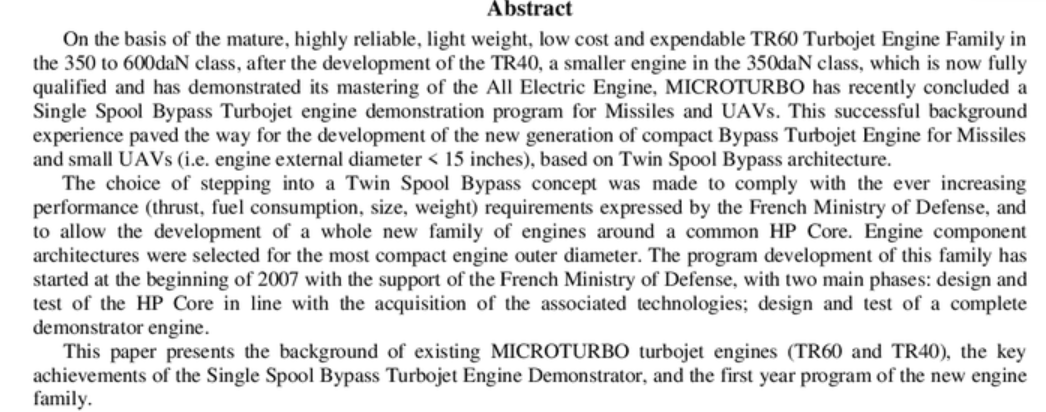The Washington Treaty disagreed:
Heavy Cruiser (or incrociatori pesante) has a fairly precise definition under the London Treaty*, a) below:
The definitions fell through as the Japanese withdrew, but 14,000t cruisers were either the last gasp of the first class armoured cruisers, or a temporary aberration around WWII, they were never typical, always being grossly outnumbered by the smaller cruiser classes.
And we're getting grossly off topic.
* Though having looked at the text it doesn't actually use the word 'heavy'.




